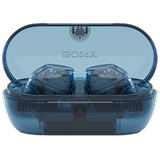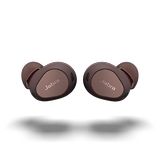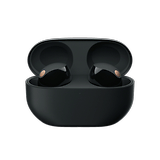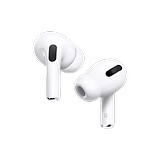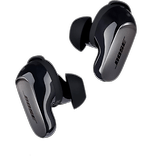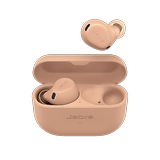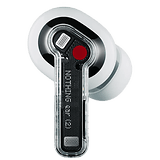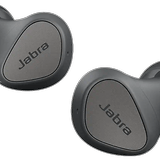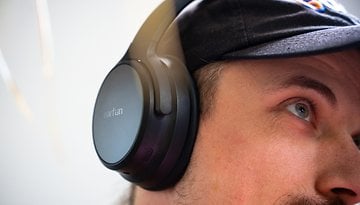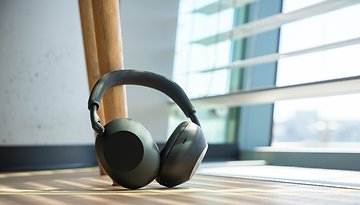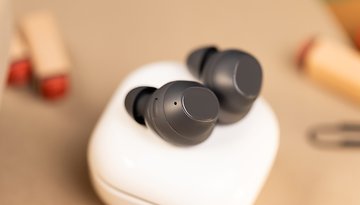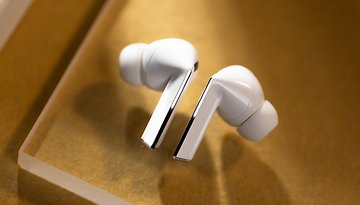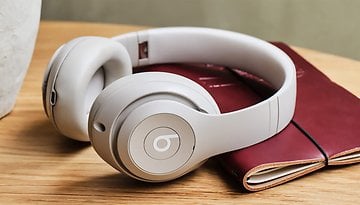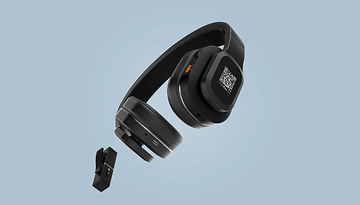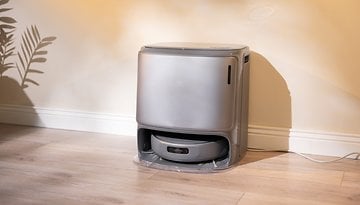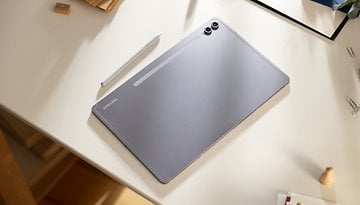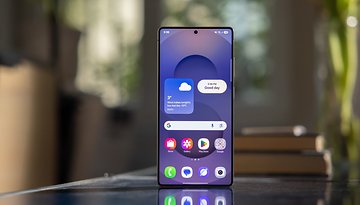Sony WF-C710N Review: Is it Worth Paying Double for this Model?
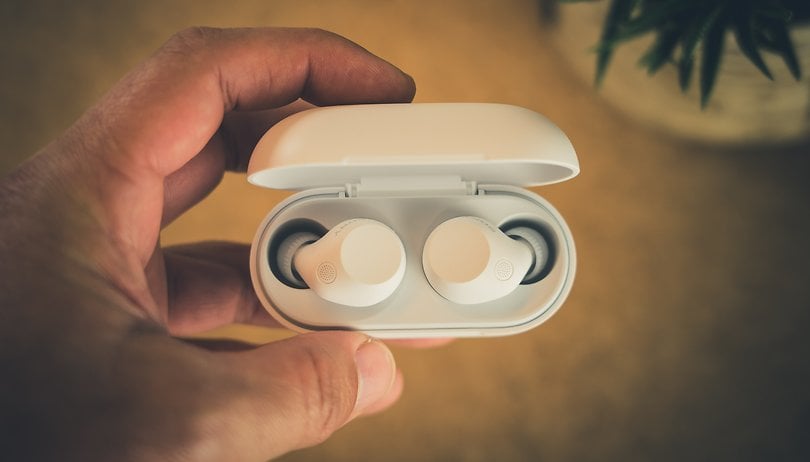

Sony's WF-C700N is a wireless earbuds model that, to this day, remains one of the most popular in-ear models. Not only does it offer good sound quality, it also comes at an affordable price. Now, the manufacturer has introduced the WF-C710N, which has the unenviable task of repeating previous success stoies. However, the problem lies in close to doubling of its MSRP. The biggest question we can ask now is whether this new model packs enough punch to justify the higher entry price.
Good
- Good battery life
- High comfort levels thanks to suitably-sized ear cushions
- Sony app offers many customization options
Bad
- Active Noise Cancellation (ANC) is not very efficient
- Cost-effectiveness leaves more to be desired
- Sound could be more defined
- Only comes with three silicone tip sizes
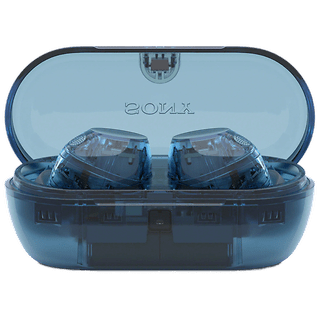
Sony WF-C710N release date and price
If you're looking for a pair of good, affordable wireless earbuds, chances are you'll come across the Sony WF-C700N which retails for less than $40 these days. At the end of March 2025, Sony launched the successor, the WF-C710N, for more than double the price. But is it worth paying $89.99 for wireless earbuds that should be twice as good? The answer, in a nutshell, is no.
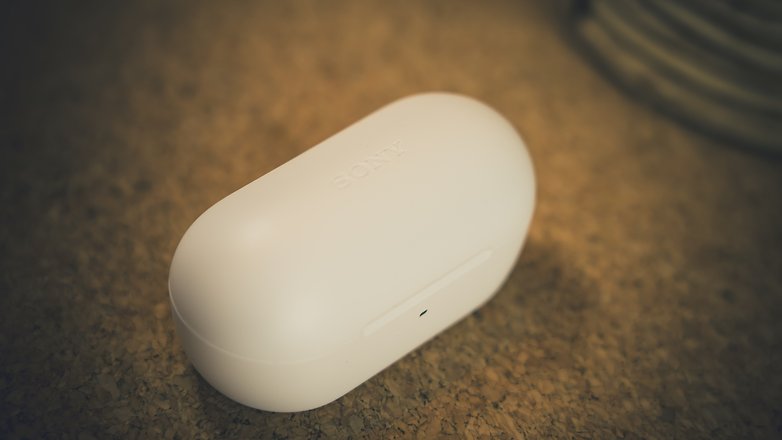
Settings and operation
When it comes to Sony's wireless earbuds, we are familiar with the fact that they don't always deliver the most complete accessories. The new model comes with only three silicone tip sizes, which is a pittance considering how such accessories would cost the manufacturer mere pennies.
Of course, offering eight sizes, as Beyerdynamic does, would be an overkill, but at least having an extra smaller size would help those with small ears so that they do not need to purchase the appropriate tips separately. However, if one of the three options fits you well, the earbuds remain firm and comfortable to wear in the ears.
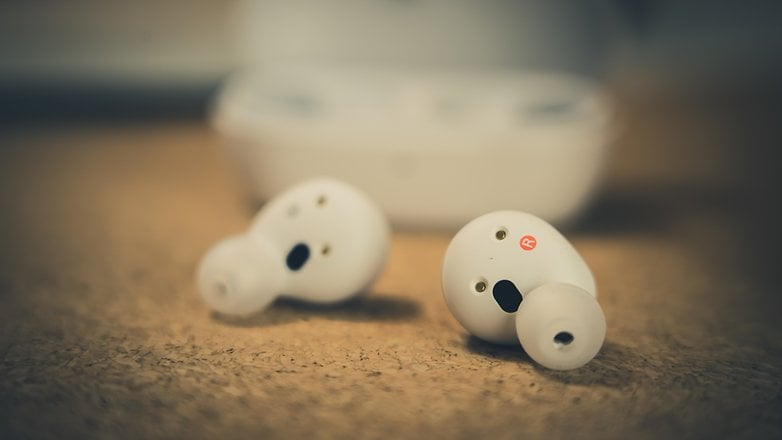
Users of in-ear earbuds usually expect to be able to control music, volume, and other functions via touch commands. This, unfortunately, was not the case with the Sony WF-C700N, which relied on physical buttons that offered a click and tactile response. The new WF-C710N, on the other hand, is finally equipped with touch-sensitive sensors.
This detail, however, may or may not appeal to everyone, as it depends on each person's preference. In our review, the touch areas responded very well to commands and performed actions swiftly. However, when it comes to sound accuracy, the new earbuds still falls short.
Sound and ANC
Another detail that is often looked forward to when buying any Sony audio product is the sound quality. The WF-C710N, however, doesn't guarantee this. Despite a valid attempt to deliver a neutral sound signature, the end result can often sound somewhat dull and lifeless, offering little dynamics or sense of space. At the end, everything sounds very much the same, as if it were made from the same mold. People who don't have a particular sound preference will not have anything to complain about. In my case, however, I had to make a few adjustments to the audio signature to suit my preferences.
What I wanted was something with more body, more presence in the bass, and a little more sparkle in the treble. I tried to achieve this balance using the five-band equalizer in Sony's own app, but even with changes, the sound was still a bit muffled, compressed, and didn't deliver the feeling of lightness and openness I sought.
For everyday use, such as commuting to work or on a trip, the sound quality of the WF-C710N earbuds does the job well. In fact, over time, the ear also adapts to it. But you don't have to invest a lot of money to obtain the same experience, as there are plenty of cheaper options on the market which deliver a very similar experience.
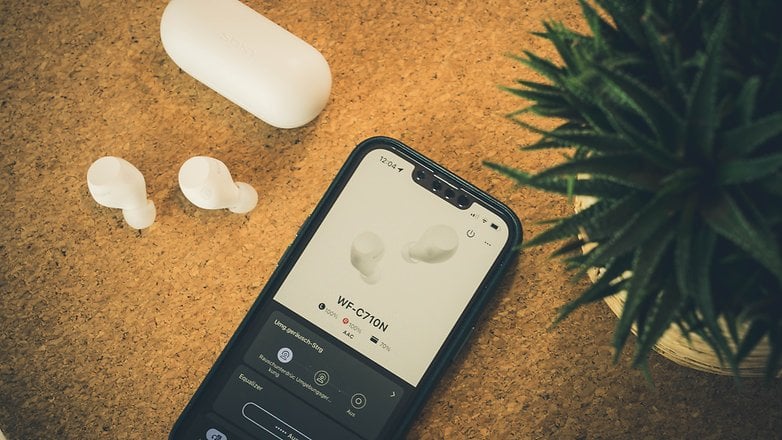
It's not just the sound that falls short. Expectations for Active Noise Cancellation were also high, especially from a major brand like Sony. The WF-C710N is a mid-range model, that's for sure, and it can't be compared to a top-of-the-line model like the WF-1000XM5 (read review). Hence, it makes sense that some more advanced features are left out. Still, the Active Noise Cancellation makes almost no difference whether it's enabled or not, which was surprising and very disappointing considering the manufacturer's standards.
There is at least is one positive point worth mentioning in this brief review: the ambient mode worked very well. It allows you to amplify the surrounding sounds and even adjust the intensity. The new earbuds also sport a "focus on voice" function, which emphasizes voices around you when activated.
Battery life and other features
According to Sony, the WF-C710N offers up to 8.5 hours of playtime with Active Noise Cancellation enabled. In our review, we managed to achieve this mark with the volume set at medium. If ANC is deactivated, battery life rises to up to 12 hours. When the battery runs out, just place the earbuds back in the case for about an hour and a half to get the charge back to 100%.
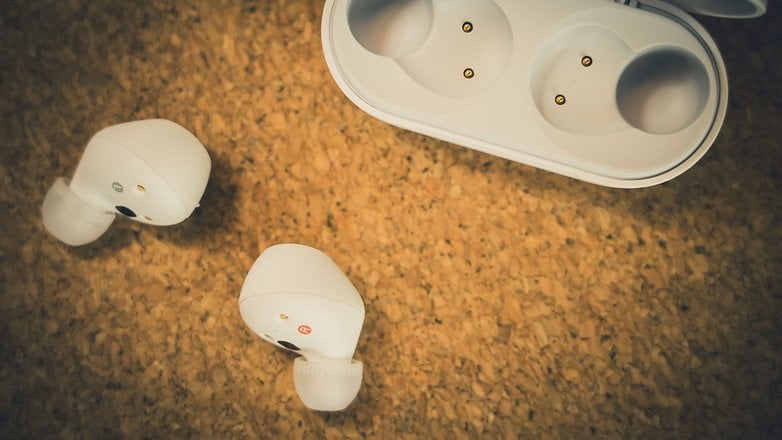
The Sony WF-C710N comes with Bluetooth 5.3 connectivity and is compatible with the SBC and AAC audio codecs. However, Sony did not nclude its own LDAC codec, which offers much higher sound quality. This feature remains exclusive to the brand's most expensive models.
On the other hand, the new headphones feature DSEE (Digital Sound Enhancement Engine) technology, designed to enhance compressed audio files in real time, such as MP3s. The system can identify elements such as instruments, musical styles, and vocals, and tries to recover nuances that were lost during the compression process. Even so, this technology cannot transform the sound quality of the device completely.
Is it worth buying?
The predecessor of the Sony WF-C710N wireless earbuds costs much less than the new one right now, offering practically the same features and benefits.
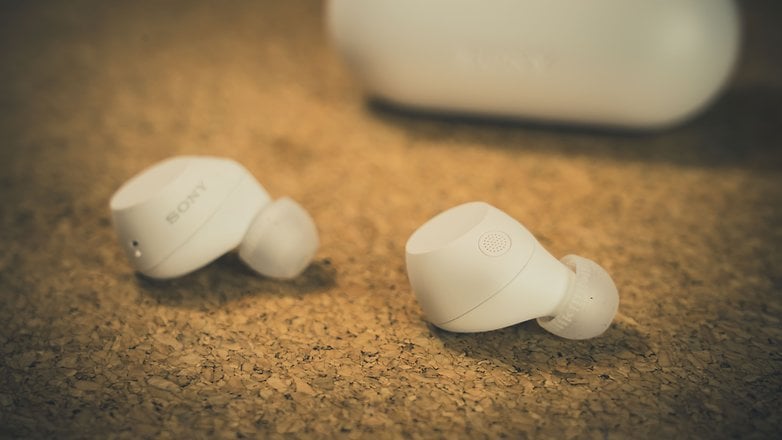
The Sony WF-C710N easily costs almost twice as much as its predecessor and is far from delivering double the sound quality. While battery life is good and the comfort levels are satisfactory, but you'll need one of the three included ear tips to make a perfect fit for your ears.
On the downside, the sound quality was disappointing and the Active Noise Cancellation also left much to be desired. Sony has really fallen short on this one, as it delivers very little for a product at this price point.
